
One verse, five voices. Edited by Salvador Litvak, Accidental Talmudist
What is Tu b’Av and how do we make it meaningful?
Leah Abergel
Hebrew Discovery Center
Tu b’Av. “Love can conquer all.”
On the 15th of Av, only six days after the saddest day of the year, Tisha b’Av, we celebrate our resilience and our ability to recover from all tragedies which have befallen us.
Tu b’Av is a celebration of love. Have you ever heard the expression “Love can conquer all?” In ancient times this was a day devoted to matchmaking. Creating couples just six days after we commemorate the worst tragedy in our collective history — the destruction of our holy Temples and our subsequent exile — demonstrates our ability to focus on the future rather than dwelling on the past. Marriage requires giving in, letting go and bouncing back time and time again to keep the commitment to our spouse.
Marriage is a new beginning. The core foundation of marriage is commitment and love. Our relationship with our creator is also composed of these two basic elements, and Klal Israel is referred to as God’s beloved bride.
After the tragedy, we renew our commitment by seeking out marriage. We build our homes — our mini temples — as a reflection of our commitment to our creator, our love for him and our anticipation of the redemption and the third and final Temple. In Judaism, it is the commitment that leads to a lasting love. God is committed to us and he loves each and every Jewish neshamah like an only child born to parents at a ripe age, and even more than that. So, in the end, “Love can conquer all.”
Rabbi Mordecai Finley
Ohr HaTorah Synagogue, Academy for Jewish Religion
According to the Talmud (Ta’anit 30b-31a), six edicts were issued on the 15th of Av. The sixth one seems the most obscure — the prohibition of bringing any more wood to be burned at the altar of the Temple. I had questions: Where was this wood offering commanded in the first place, what were the original starting and stopping dates of bringing the wood offering, and why did it change? (One can find the answers to these historical questions in, among other places, the online Biblical Encyclopedia, under “Festival of Wood Carrying.”)
We learn that Tu b’Av was not only the day to stop bringing wood, but was also the “Yom Tov Shel Korban Ha-Etzim” “The Holiday of the Wood Offering.” I’ll call it “The Lumberjack’s Jamboree.”
Think about all those people going into the forests, chopping wood, loading wagons, transporting the lumber to Jerusalem, loading up the woodsheds, storing the wood — all of this to keep the altar flame alive. That’s why we had the Lumberjacks’ Jamboree — to honor these often taken-for-granted stalwarts who kept the fire burning.
Who are the “Lumberjacks of the Altar” today? Well, for one, Shabbos regulars. People who show up out of devotion to keep the synagogue vibrant, not because there is something going on, but because the room has to be continuously lit with the warmth of human spirits and voices, bar/bat mitzvah or not. Let’s use this day to honor the devotion of human energy that is ultimately what keeps our tradition alive.
Miriam Yerushalmi
CEO SANE, author of “Reaching New Heights” series
Tu b’Av, the 15th of the month, is a day of the full moon, a day of completion. The Talmud (Taanit 26b) says, “There were no greater festivals for Israel than the 15th of Av and Yom Kippur. On these days the daughters of Jerusalem would go out and dance. … And it says, ‘Go forth, daughters of Zion, and gaze … on the day of the gladness of his heart.’ ”
What distinguishes the daughters “of Jerusalem” from those “of Zion”?
“Jerusalem” means yirah shalem, complete awe. The daughters of Jerusalem dancing joyfully are symbolic of doing mitzvot with a full and happy heart, thus serving HaShem completely, with mind and body. The daughters of Zion, who simply gazed, represent a lower level of service to HaShem.
Chassidus teaches that the difference between rote service and more complete service of HaShem is comparable to attending a wedding as a guest versus participating joyfully in your own child’s wedding. How do we achieve this “full moon” service? The Shema tells us, “Veahavta es HaShem elokecha … vehayu hadevarim ha’eileh … al levavecha (And you should love HaShem your God … then these commandments … will be on your heart).”
First, pray — this arouses our love for HaShem and opens our heart to His Torah. Then learn Torah, thereby bringing God’s light down into your heart. Now you can serve Him with sheleimus, completion! Like the daughters of Jerusalem, you can have a full, vibrant relationship with G-d and all His creations, including yourself — not only on Tu b’Av, but always!
David Sacks
Torah podcaster, torahonitunes.com
The Talmud calls Tu b’Av and Yom Kippur the two happiest days of the year. We know why Yom Kippur is so happy — our mistakes are forgiven. But Tu b’Av? How can Tu b’Av compete with the holiest day of the year?
The answer is that there’s a secret hidden in Tu b’Av that hasn’t been revealed yet.
As Rabbi Moshe Wolfson explains, Tu b’Av is a “save the date” the rabbis placed on the calendar for the future celebration of Mashiach.
That’s remarkable because it means that every year on Tu b’Av, we celebrate an event that hasn’t occurred yet.
While it’s true that the redemption hasn’t occurred as of the year 2019, keep in mind that HaShem is not limited by time, and sees all future events as well.
That means that HaShem already sees the future redemption that He’s promised to bring. Pretty cool!
When I shared this idea with Reb Shlomo Carlebach, he agreed. He said that the light of redemption was already here. All we need to do now is make vessels to hold the light.
And how do we make vessels? With mitzvahs!
The rabbis teach that the greatest vessel of all is peace. When the Jewish people love one another and become one, we’ll finally be able to hold that awesome light that’s just waiting to come down.
And when it does, there will be no need to pick a time to celebrate … we’ve already saved the date.
Rabbi Marc D. Angel
Director, Institute for Jewish Ideas and Ideals
The Jewish spirit is irrepressibly optimistic. Even in the face of tragedies and defeat, we maintain hope for better times. If we cry today, we will laugh tomorrow.
The ninth day of Av is the saddest day on the Jewish calendar, commemorating the destruction of our Temples in ancient Jerusalem and the subsequent exiles and sufferings of our people. But just a week later, our sages established a festive day—Tu b’Av (15th of Av). That was a day for young men and women of marriageable age to meet, in the hope of finding their life’s mate. It was a day celebrating love, marriage, and the establishment of new families. Even before the tears of Tisha b’Av had a chance to dry, a day of celebration and hopefulness was ordained. Enough crying! Time to plan for a brighter and happier time.
The Talmud states that the two happiest days on the Jewish calendar are Yom Kippur and Tu b’Av. Yom Kippur is considered to be joyous because it offers us purification, atonement for our past shortcomings, confidence for spiritual renewal. It allows us to confront our sins and failings … but turns our focus to the future. So, too, with Tu b’Av. We can’t forget the mourning and fasting of last week’s Tisha b’Av but we can turn our focus to the future with optimism. The deeper our sufferings and repentance, the higher our joy and redemption.
The mystery of Jewish survival is hidden within our ever-hopeful, ever-confident smile.

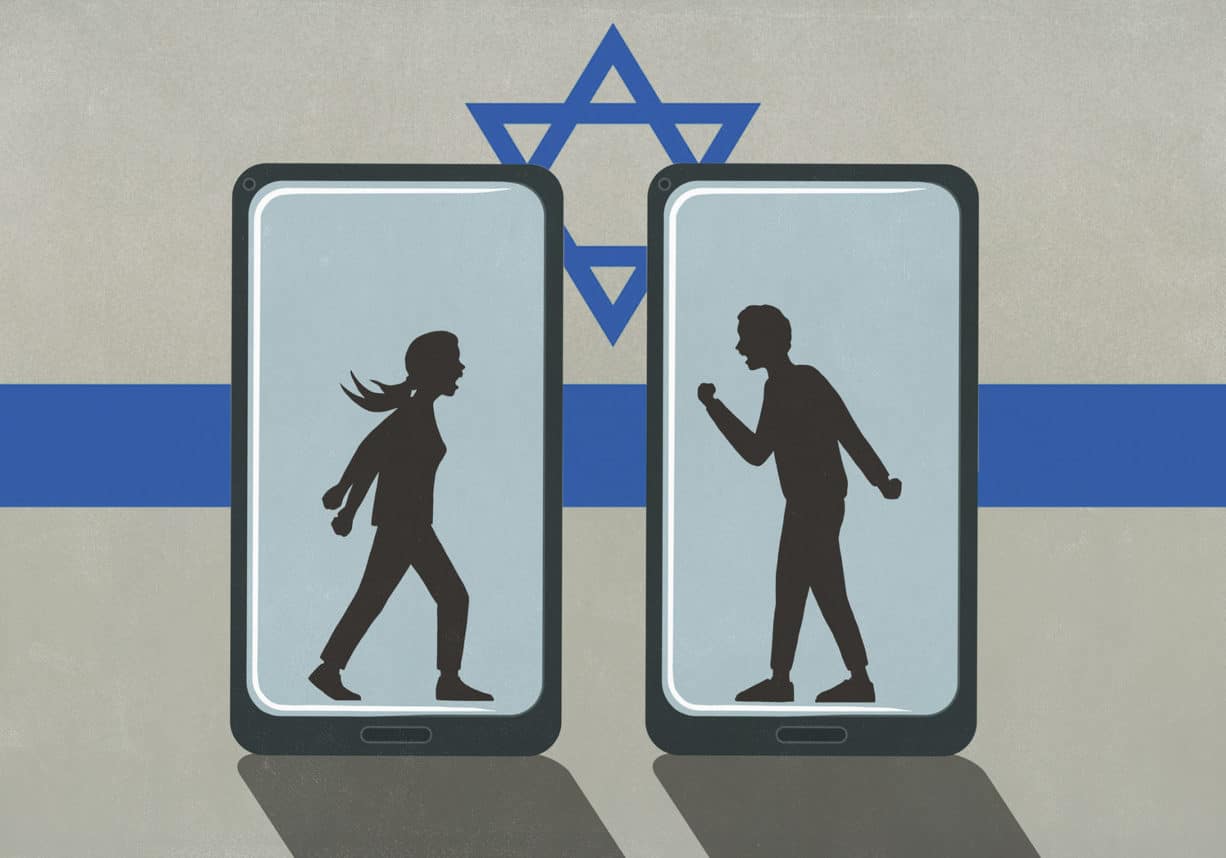




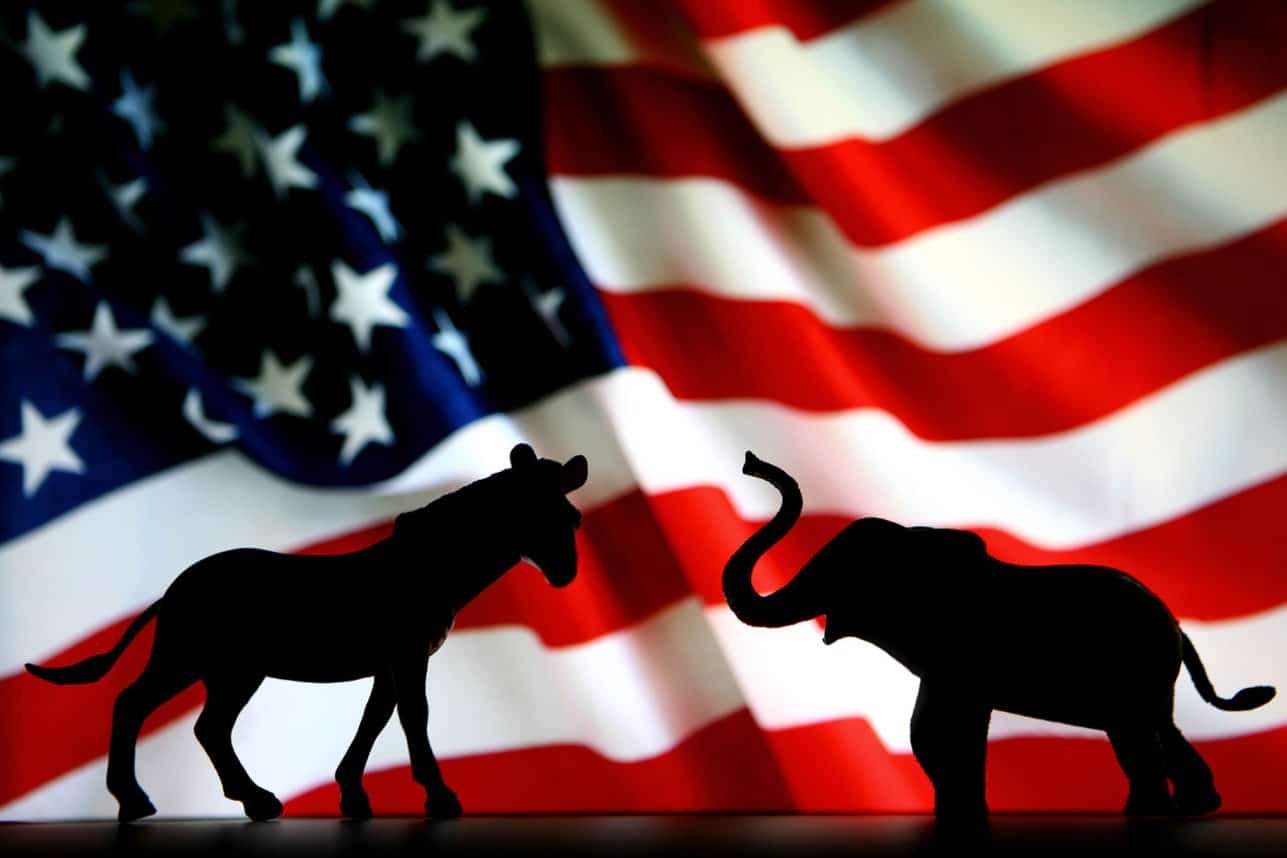

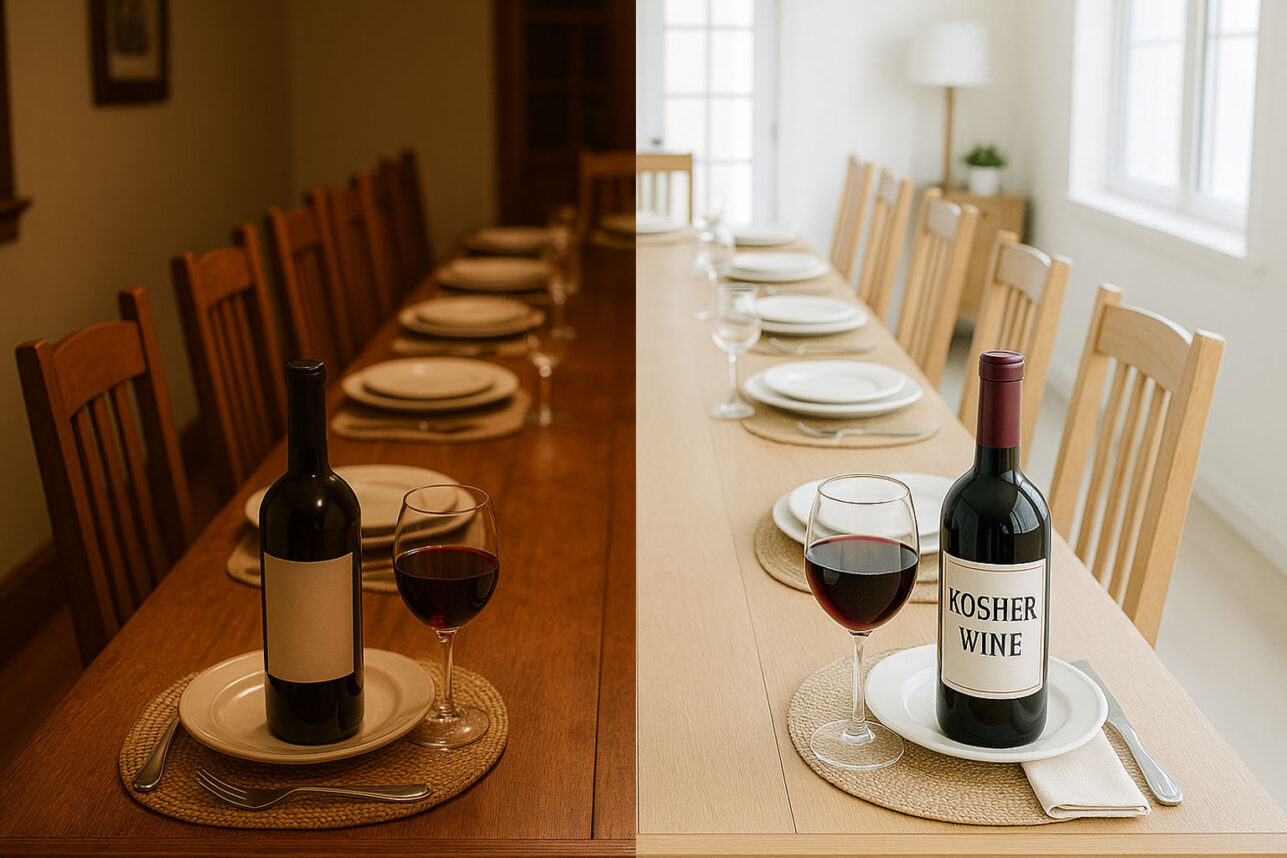


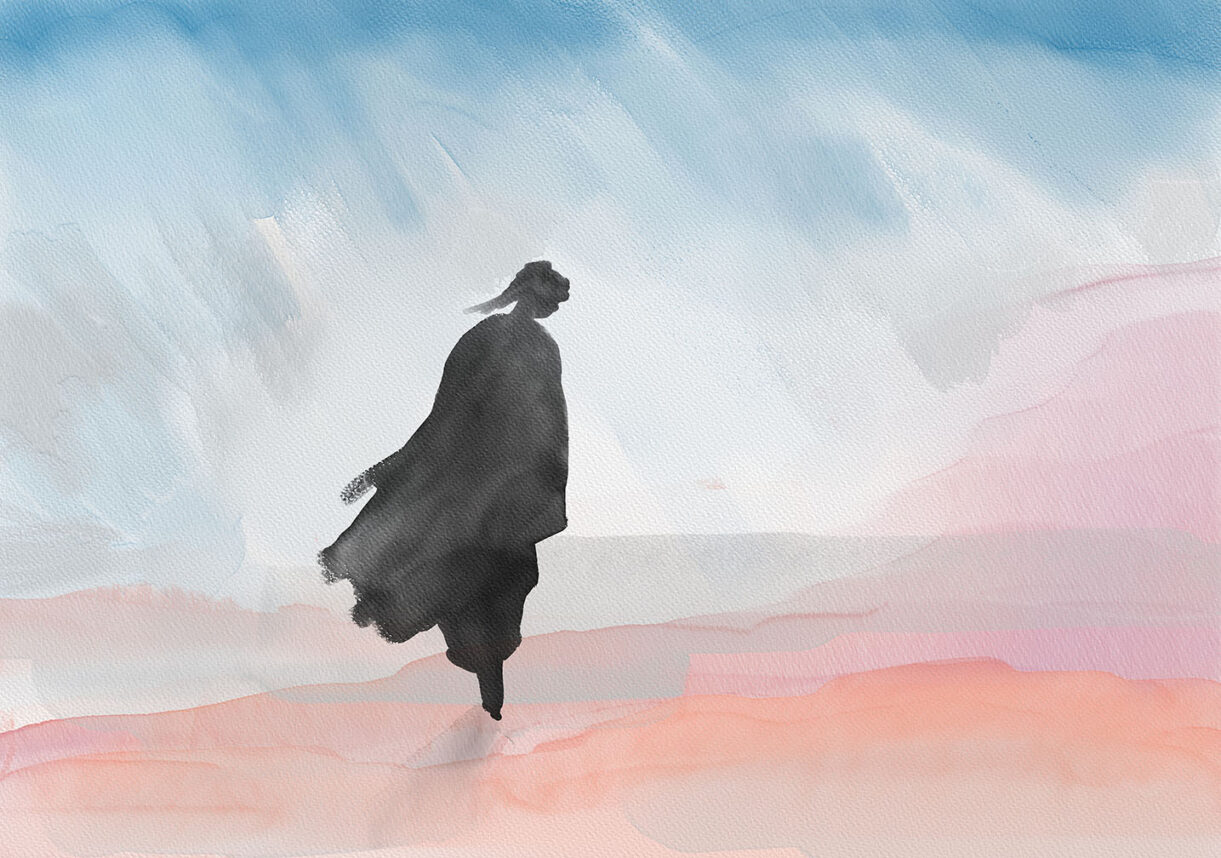


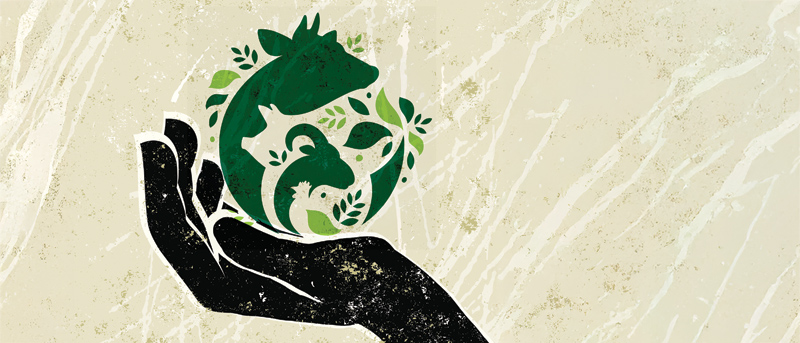
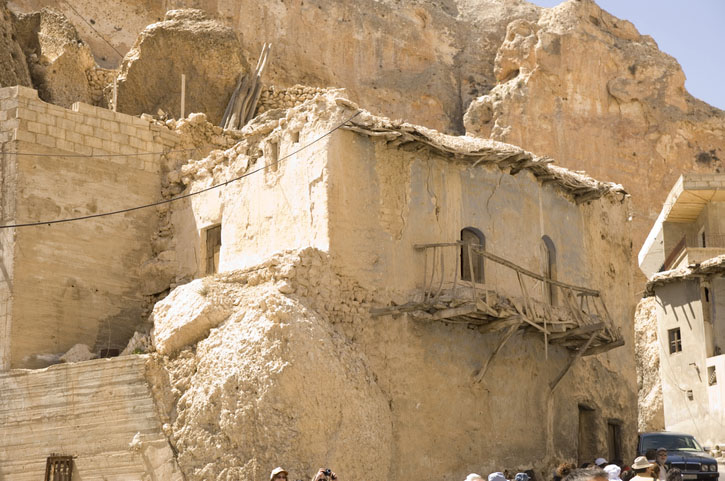








 More news and opinions than at a Shabbat dinner, right in your inbox.
More news and opinions than at a Shabbat dinner, right in your inbox.